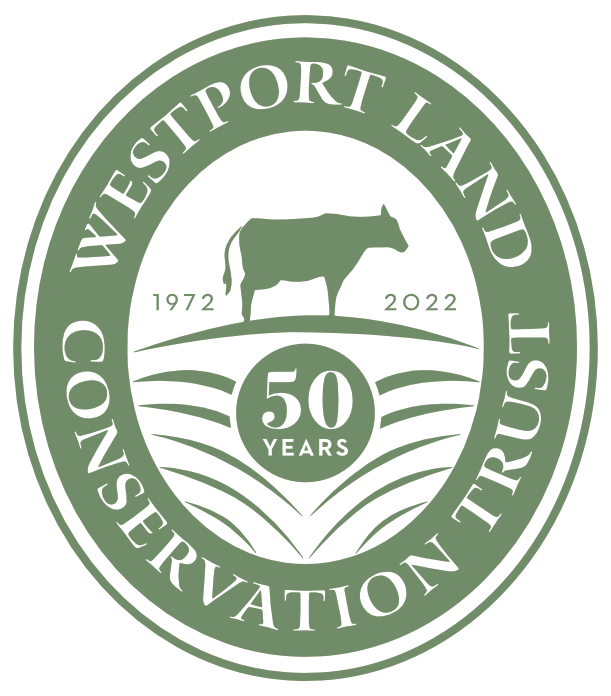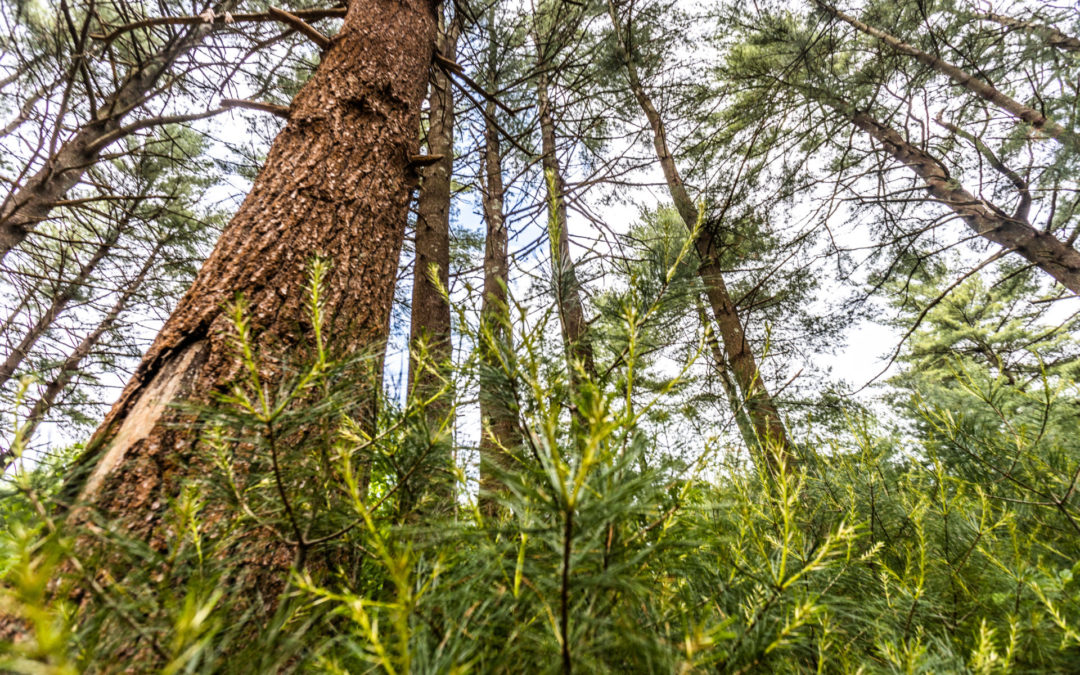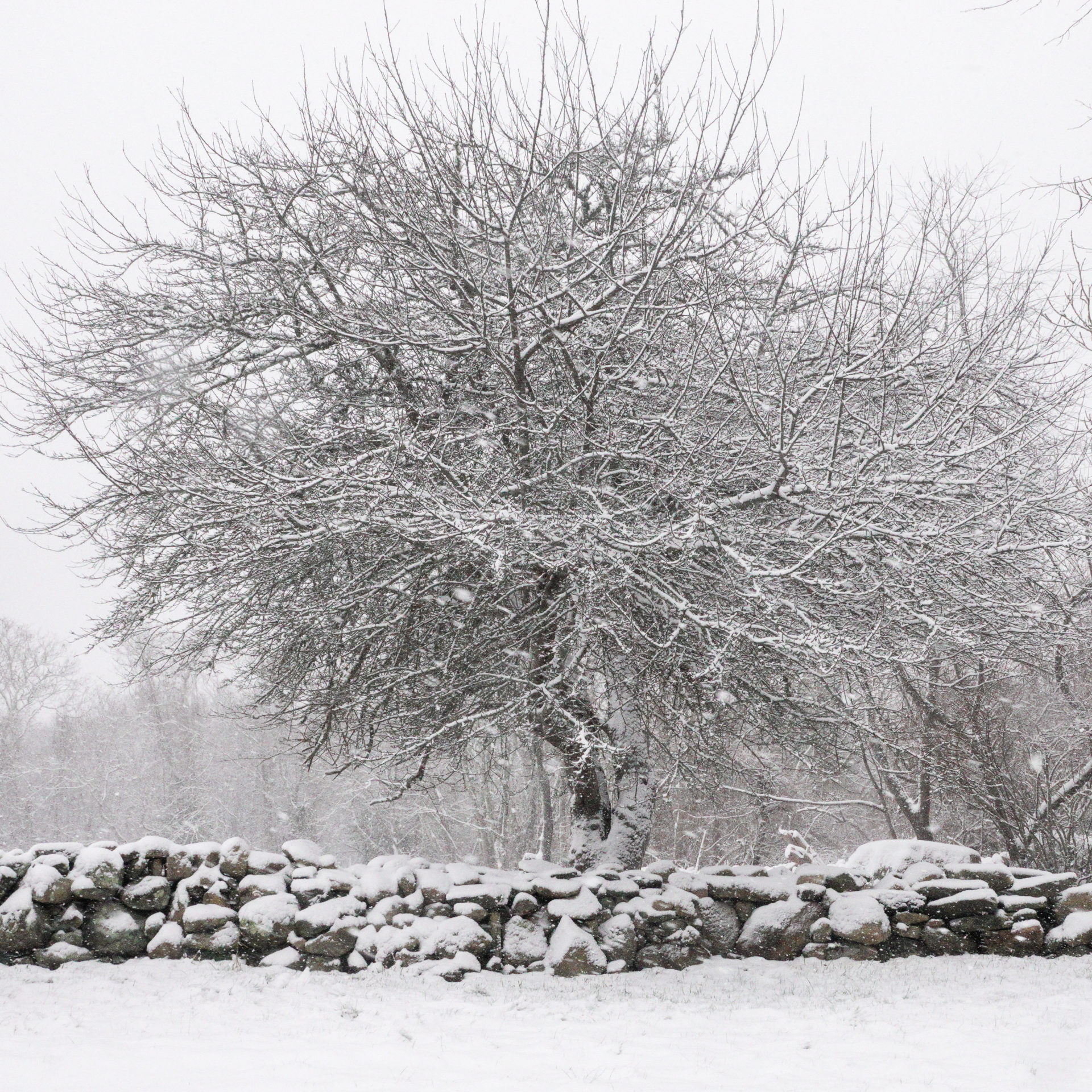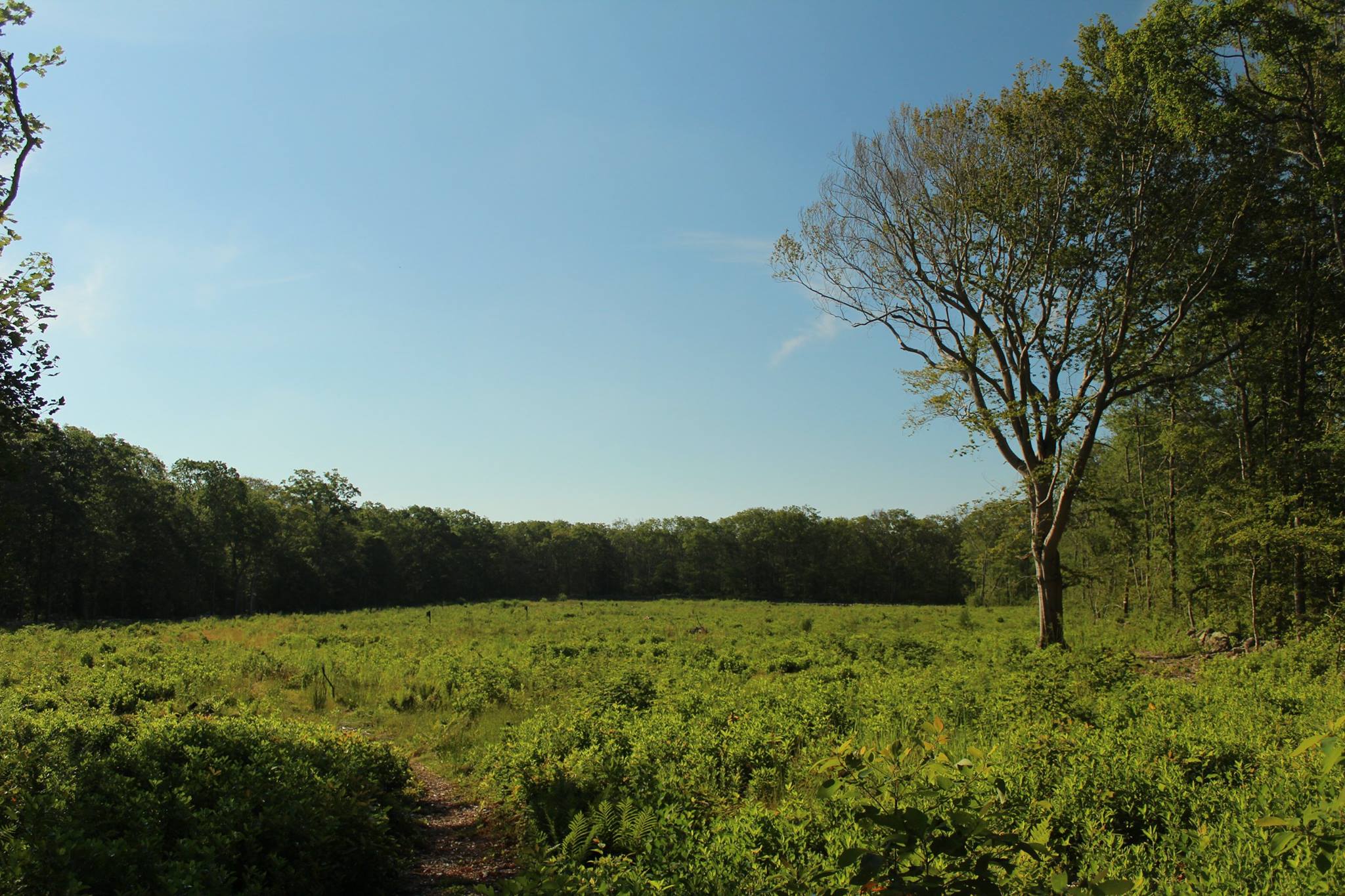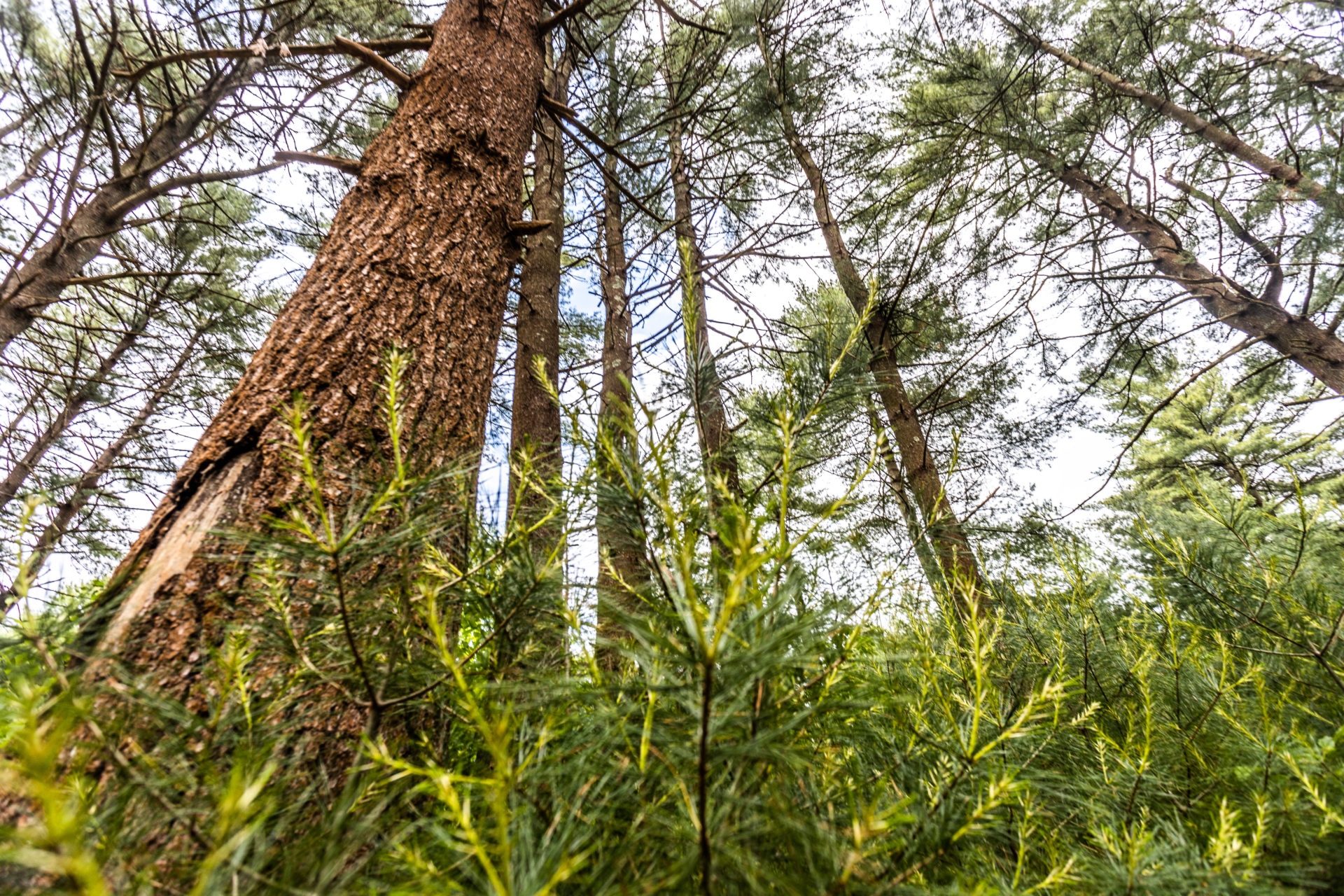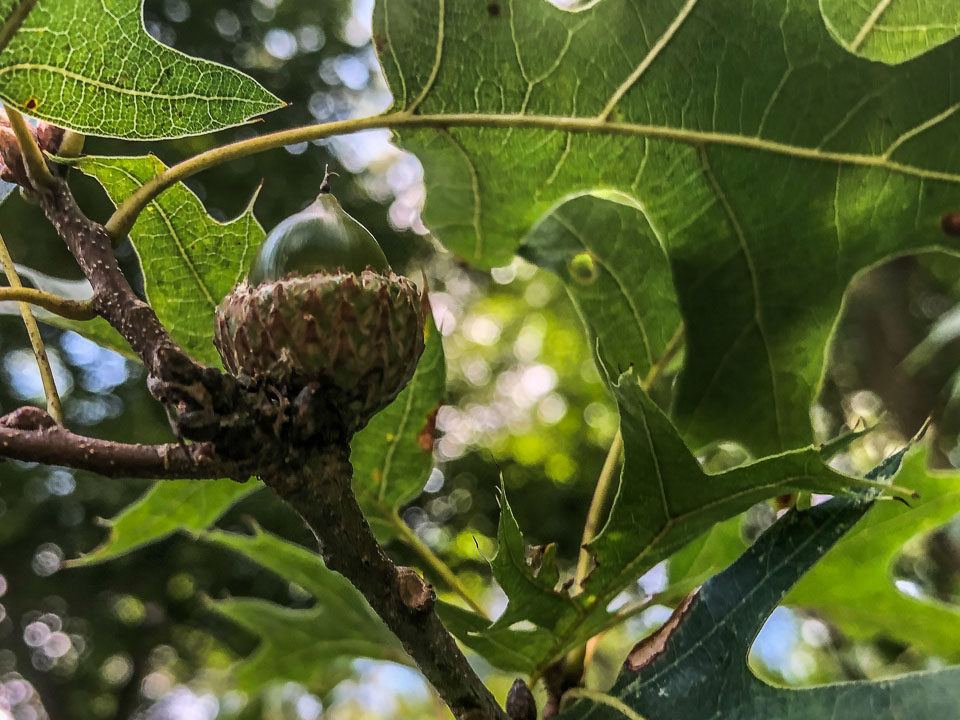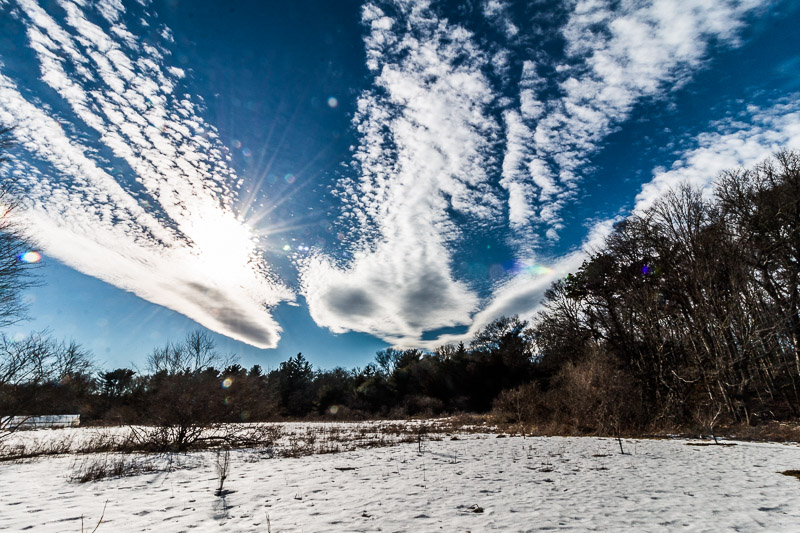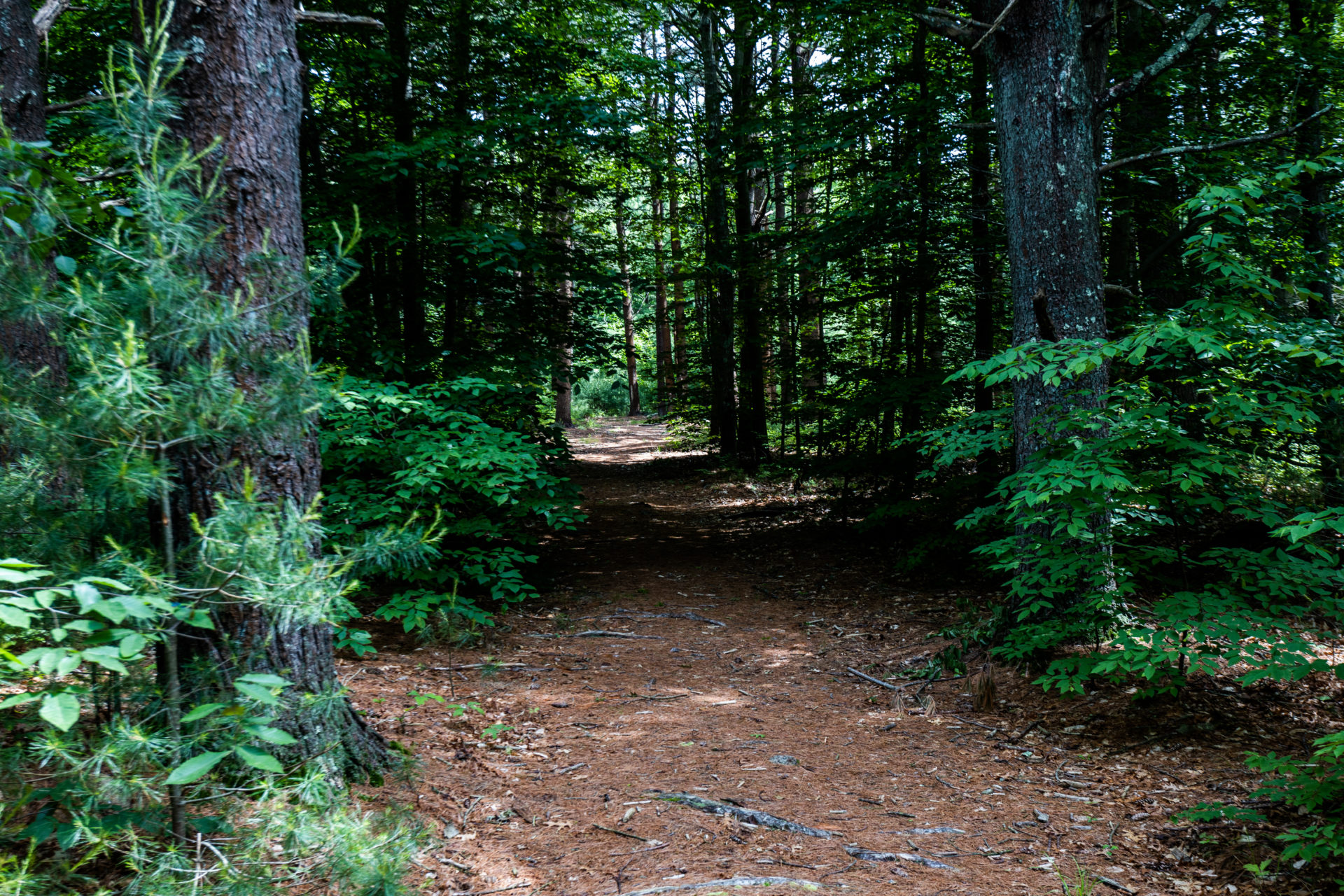
The White Pine stand at Headwaters Conservation Area is a favorite destination for WLCT staff. Photo by Greg Stone
Westport is just over 52 square miles and home to a whole host of different tree species. Trees are prominent in our local history but have often had symbolic meanings to different cultures all around the world. They are used to build our homes but are also homes for countless animal species. They are a source of food and even a place to find shade, enjoy a book, and create a deeper connection with nature. Every tree is unique and meaningful in its own right. Here are our top 5 favorite trees you can discover on WCLT properties:
Volunteer
Special places don’t stay special on their own. Our dedicated volunteers make sure every one of our destination properties is ready for your next adventure.

